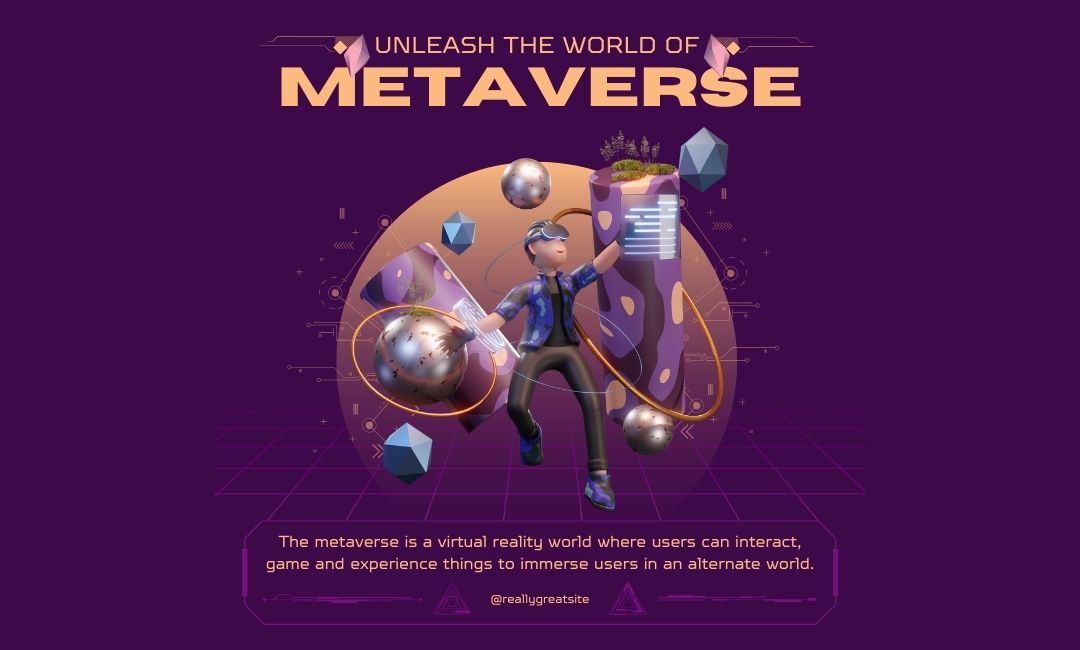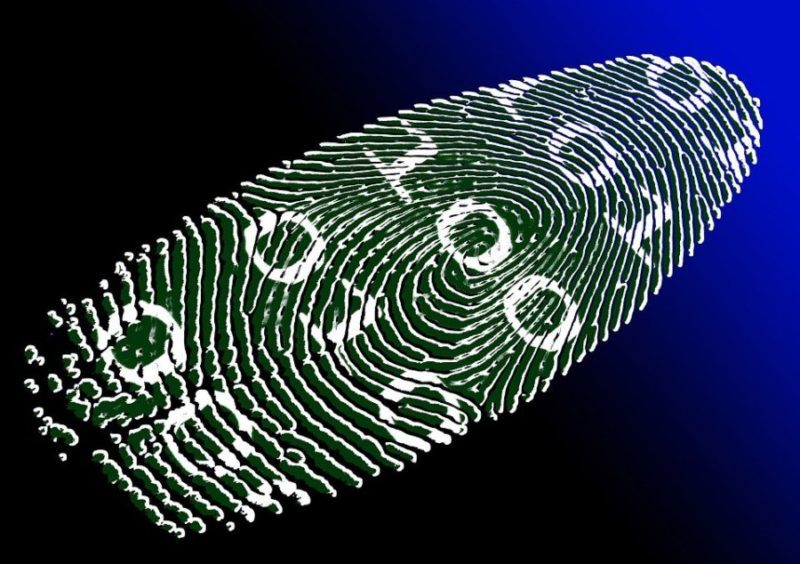How Will Gaming’s Past Shape Change The Future Of Metaverse?
Gaming and entertainment are an excellent area to look for a future roadmap when evaluating the use cases of blockchain technology in business is a pattern that has long existed.
Venly (previously known as Arkane Network) is one firm that is well-positioned to create such solutions. Platforms can use Venly to sign up users for digital wallets and store, complete, and trade NFTs. When Tim Dierckxsens, co-founder and CEO of Venly, read the ethereum whitepaper in 2014, he realized how smart contracts might help construct more vital enterprises in the future.
He was a business analyst with music licenses and rights at the time. Digital contracts and e-commerce platforms had a lot of applications.
“That’s the only way to bring company referral agreements into the twenty-first century,” said Dierckxsens. “And then, if you grasp it, you’ll see how having business contracts available on a technical layer would drastically alter how we do business. You’ll be able to start driving a machine-to-machine economy.”
Also, read – The World’s First Blockchain Gaming Metaverse “MetaBlaze”
It took a few years to start working on proofs of concept. While there was a promise, Dierckxsens and his team rapidly realized that there was no basic technology upon which developers might build to realize that potential. They started building solutions on top of the blockchain so that traditional creators could work with existing technologies and blockchain. Venly would be the link between the two.
“We’re a company that provides blockchain technology.” We concentrate on three main areas: wallet technology, near-field communication technology, and marketplace technology. Essentially, those are the foundations you’d need to engage or conduct transactions on networks like blockchain,” Dierckxsens explained.
There was a lot of curiosity in the gaming industry’s go-to-market approach. When it comes to technology adoption, gaming has always been at the forefront, starting with free-to-play systems that attract gamers who later spend money after becoming engaged with the site. Consider a metaverse similar to Fortnite.
Suppose your vision is confined to developing a free product that attracts consumers who (hopefully) spend money once they fall in love with you. In that case, it’s a limited one guaranteed to fail, as the vast majority of free-to-play games. Creating an atmosphere that develops valued ecosystem stakeholders is a better bet.
“So you’re not making money off the player.” Dierckxsens noted, “You’re allowing the digital commerce between everyone participating within the metaverse.”
There must be no barriers to admission.
Why has gaming been such a fertile ground for technological advancements that affect other industries? There are no restrictions or any impediments to admission as a hobby, according to Dierckxsens.
As a result, it’s a great place to try out different value-based transactions. A gamer might purchase a virtual token that improves their strength, speed, or other performance attributes. Its core structure is eerily similar to that of a financial asset.
Of course, these transactions are possible thanks to blockchain technology, according to Dierckxsens. Using the more limited example from before, a platform designer may want customers to buy assets from them and not be able to sell them.
This is a myopic worldview, much like the one above. You want people to talk to one other and do business. As a result, they develop more significant ties to the brand.
“We truly want the players to be able to facilitate and engage with each other with the concept of playing and a digital trading economy within the game,” Dierckxsens added.
“As a result, a digital economy emerges within the game.” And, in general, that would become more exciting from a gameplay standpoint, as well as a philosophical standpoint, because you’d be communicating with your peers while establishing a more engaging pastime, all while boosting your value.”
MetaRing is Venly’s first product.
Venly just released the MetaRing, an NFT representing a utility-focused cross-metaverse access pass. Its users will be able to use the digital wearable to gain access to rare lands, events, discounts, and drops and unlock special in-game utilities.
According to the business, the future Internet would consist of massively scaled, interactive, and interoperable platforms of interconnected virtual worlds.
— MetaRing (@meta_ring) December 28, 2021
The MetaRing puts its owners at the heart of the whole metaverse ecosystem, connecting them to all experiences. There will only be 1,000 MetaRing NFTs made.
“MetaRing is one of the only initiatives on the market that connects all metaverses, providing ultimate interoperability,” explains Stefan Colins, Venly’s director of metaverse partnerships said Colins, Stefan
“We provide greater value to NFT owners by combining interoperability with multiple utility layers.” Venly has a team dedicated to establishing arrangements with new metaverses and growing players, ensuring that the MetaRing’s benefits and value continue to grow in the years ahead.”
“The metaverse is a platform supported by users, and interoperability is the next frontier of the entire blockchain business,” said Sandeep Nailwal, co-founder of Polygon. “Venly’s MetaRing enters the market with a one-of-a-kind value proposition: linking users with the top Web3 projects.”
Bridge constructors are extremely valuable.
Dierckxsens believes that value is created for a variety of stakeholders. Because there will be so many metaverses, those who can connect them will be valuable actors in the space. Users are onboarded by their partners. Then there’s the creation of diverse virtual worlds, in which game creators collaborate with other brands to create intellectual property that may be used in the games. Snoop Dogg, Atari, Sim City, The Walking Dead, and The Smurfs are just a few of Sandbox’s brands.
Sandbox, for example, has a deal with a brand or celebrity to exploit their intellectual property in exchange for profits. Dierckxsens believes that a much more appealing proposition will be one in which the brand or personality has its NFT contract in the future.
“You have control over the digital assets you generate.” You can build an identification or a mapping so that your asset can be represented visually in the game (or metaverse),” he explained. “And then you’ll be able to say, ‘Well, that one NFT deal from this one brand can connect to one or more of these games,'” says the author. It might even go as far as you suggest. One contract’s identifier may be used to give a sword in a fighting game, a car in a racing game, or a variety of other assets in the game.”
Engagements with a virtual brand
If a company like Nike has a metaverse presence, residents can go to a Nike store and dress their avatar or even purchase stuff for themselves. You may make an NFT of a digital version of that sneaker by clicking on a QR code within that environment.
Linking metaverses necessitates the creation of a genuinely public blockchain that records all transactions between them, according to Dierckxsens. Because most transactions generate some form of NFT, the problem becomes developing a token contract that can live across different metaverses.
“Because the token contract is based on blockchain technology and is open to the public, it may be used in many games,” said Dierckxsens.
“So you have to get into the concept of having a game that is open and willing to take many token contracts from other parties to have that available within their own individual game,” says the author.
Stay informed with daily updates from Blockchain Magazine on Google News. Click here to follow us and mark as favorite: [Blockchain Magazine on Google News].
Get Blockchain Insights In Inbox
Stay ahead of the curve with expert analysis and market updates.
latest from tech
Disclaimer: Any post shared by a third-party agency are sponsored and Blockchain Magazine has no views on any such posts. The views and opinions expressed in this post are those of the clients and do not necessarily reflect the official policy or position of Blockchain Magazine. The information provided in this post is for informational purposes only and should not be considered as financial, investment, or professional advice. Blockchain Magazine does not endorse or promote any specific products, services, or companies mentioned in this posts. Readers are encouraged to conduct their own research and consult with a qualified professional before making any financial decisions. The featured image used is just a creative depiction of the title and it does not intend to hurt sentiments of any person or institution. If it hurts anyone sentiments, please do not hesitate to reach out to Blockchain Magazine.

 Bitcoin
Bitcoin  Ethereum
Ethereum  XRP
XRP  Tether
Tether  Solana
Solana  USDC
USDC  Dogecoin
Dogecoin  Cardano
Cardano  Lido Staked Ether
Lido Staked Ether  TRON
TRON  Wrapped Bitcoin
Wrapped Bitcoin  Chainlink
Chainlink  Wrapped stETH
Wrapped stETH  Sui
Sui  Avalanche
Avalanche  Stellar
Stellar  Hedera
Hedera  Toncoin
Toncoin  Shiba Inu
Shiba Inu  Hyperliquid
Hyperliquid  LEO Token
LEO Token  Litecoin
Litecoin  Bitget Token
Bitget Token  WETH
WETH  USDS
USDS  Polkadot
Polkadot  Bitcoin Cash
Bitcoin Cash  Ethena USDe
Ethena USDe  Wrapped eETH
Wrapped eETH  Uniswap
Uniswap  MANTRA
MANTRA  Ondo
Ondo  Pepe
Pepe  Monero
Monero  Aave
Aave  Official Trump
Official Trump  NEAR Protocol
NEAR Protocol  WhiteBIT Coin
WhiteBIT Coin  Mantle
Mantle  Aptos
Aptos  Dai
Dai  Internet Computer
Internet Computer  Ethereum Classic
Ethereum Classic  Bittensor
Bittensor  Cronos
Cronos  OKB
OKB  POL (ex-MATIC)
POL (ex-MATIC)  Gate
Gate 




